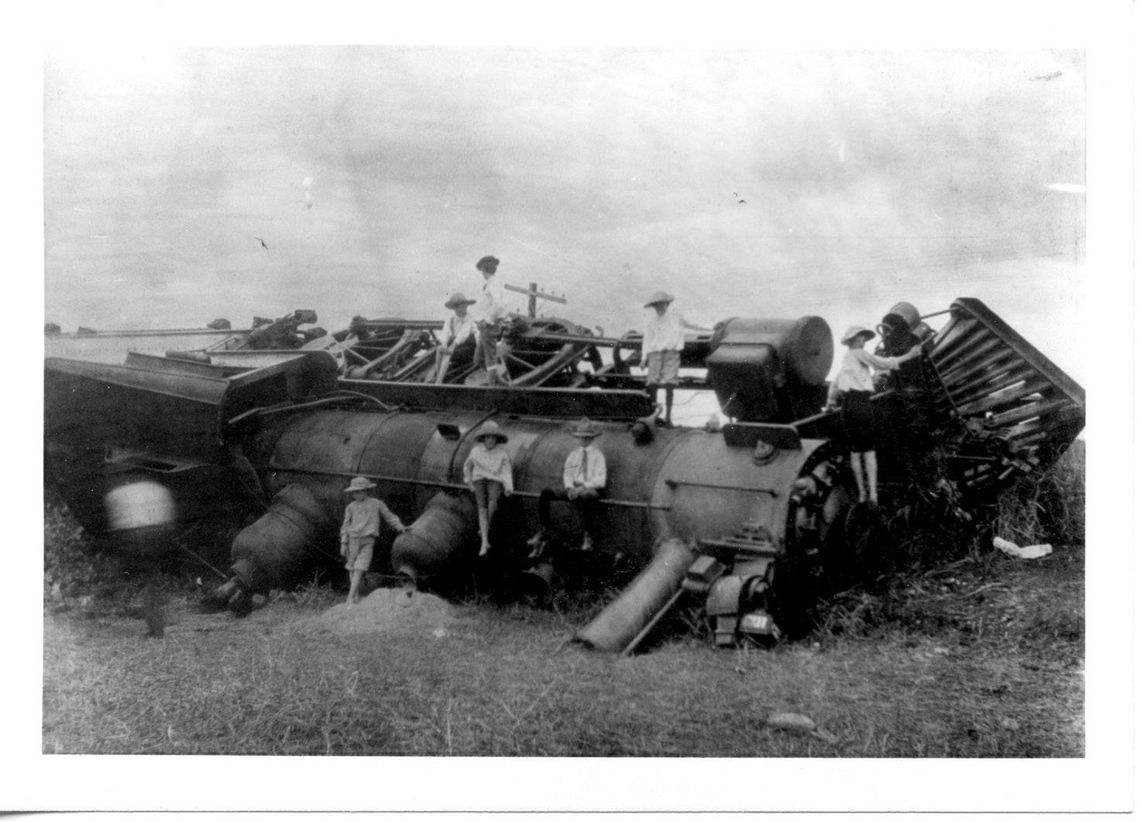Q. I was stopping for a train yesterday and started to think about the history of the trains in San Marcos. Can you tell me about that? What about train wrecks?
A. Trains, while often frustrating and sometimes dangerous, have a long history in the West. Even before the train “came” to San Marcos, it had been a waypoint for cart and stagecoach travelers going between San Antonio and Austin. In 1880, train service was introduced from San Antonio to New Braunfels. That line was then joined from the north to San Marcos in 1881 by the International-Great Northern Railroad (I&GN). The arrival of the railroad, much like other towns throughout the United States, made a huge impact on the development of our town. In 1870, the population of San Marcos was 742. After the arrival of the railroad in 1881, it grew to 2,335. That is a tripling of population — in just 18 years. (Hugh) Compare that to population growth in recent years. In 2000, San Marcos had 36,120 residents. Twenty years later, in 2020, its population doubled to 67,553.
Times have changed, and now most people no longer travel by train. However, when the Missouri, Kansas, and Texas Railroad (M-K-T) nicknamed “The Katy” built its own line from San Marcos to San Antonio in 1900, it carried passengers. Passenger service to San Marcos was suspended in 1969, but fortunately revived, with a less frequent schedule, in 1971. (Boxall, B.) In 1975, Walter E. Buckner (co-publisher of the “San Marcos Record” and “Daily Record”) wrote a column for the paper called “Folks and Facts” and in the June 26 issue, he recounted a story told by Jay Evan about taking his children to San Antonio on the “Katy” so they “could be treated to a sumptuous meal in the diner.” He wrote: We’d ride over to San Antonio and take a later train back home for there were four to six trains each way every day. On one occasion we were late for the regular evening meal and ordered sandwiches and drinks (soft). The tall black waiter delivered them and left a check. Bud, who had learned to read figures by this time saw the amount and exclaimed, “My goodness, look what he charged us for them sandwiches and couple of cokes.” He was further horrified when I left a quarter on the table.







